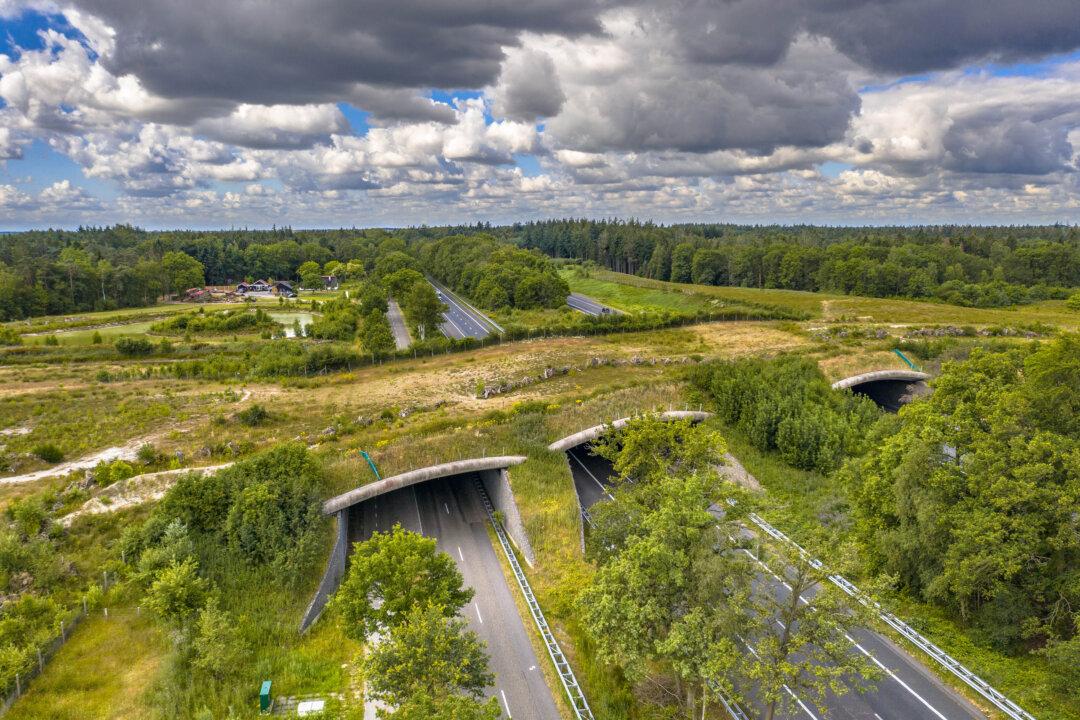In Washington state, 22 wildlife bridges and underpasses provide animals with a safe way through to search for food or escape predators and wildfires.
It turns out the crossings have been benefiting humans, too.

In Washington state, 22 wildlife bridges and underpasses provide animals with a safe way through to search for food or escape predators and wildfires.
It turns out the crossings have been benefiting humans, too.